Matthew DelVecchio
Investigating a Spectral Deception Loss Metric for Training Machine Learning-based Evasion Attacks
May 27, 2020
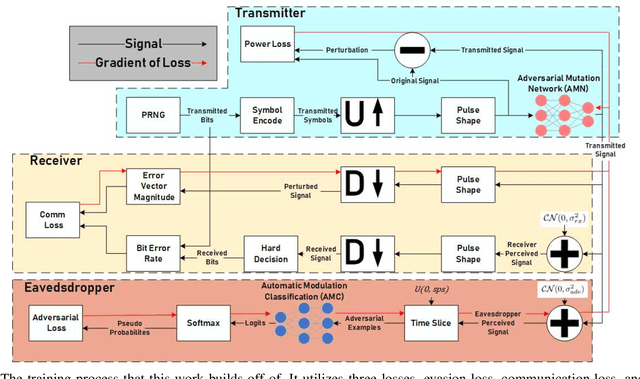
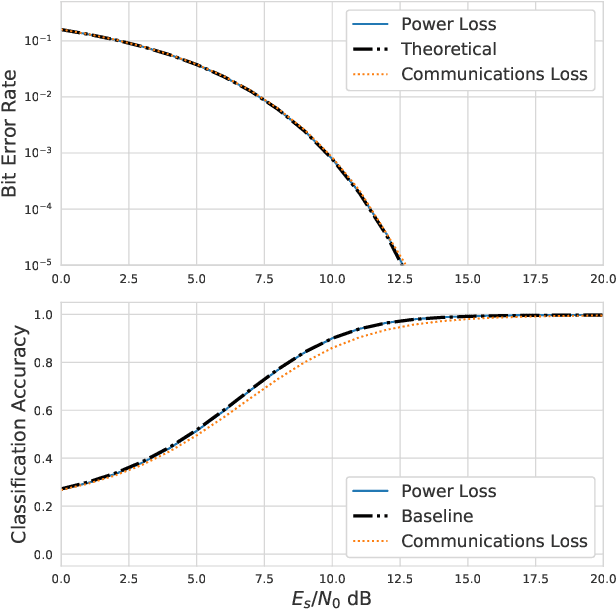
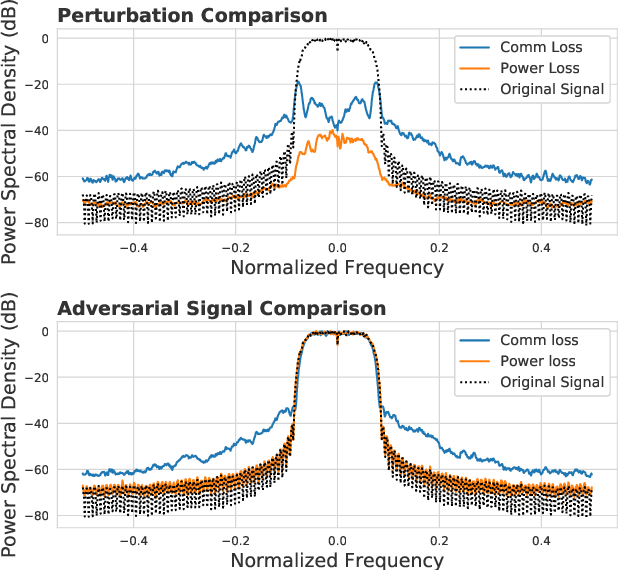
Abstract:Adversarial evasion attacks have been very successful in causing poor performance in a wide variety of machine learning applications. One such application is radio frequency spectrum sensing. While evasion attacks have proven particularly successful in this area, they have done so at the detriment of the signal's intended purpose. More specifically, for real-world applications of interest, the resulting perturbed signal that is transmitted to evade an eavesdropper must not deviate far from the original signal, less the intended information is destroyed. Recent work by the authors and others has demonstrated an attack framework that allows for intelligent balancing between these conflicting goals of evasion and communication. However, while these methodologies consider creating adversarial signals that minimize communications degradation, they have been shown to do so at the expense of the spectral shape of the signal. This opens the adversarial signal up to defenses at the eavesdropper such as filtering, which could render the attack ineffective. To remedy this, this work introduces a new spectral deception loss metric that can be implemented during the training process to force the spectral shape to be more in-line with the original signal. As an initial proof of concept, a variety of methods are presented that provide a starting point for this proposed loss. Through performance analysis, it is shown that these techniques are effective in controlling the shape of the adversarial signal.
Effects of Forward Error Correction on Communications Aware Evasion Attacks
May 27, 2020
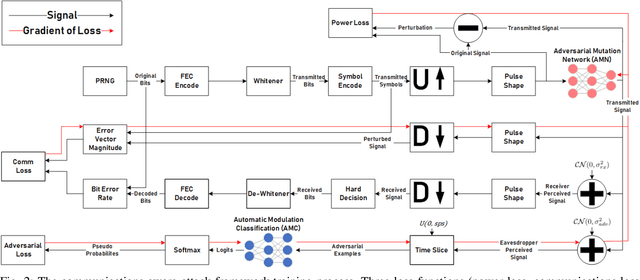
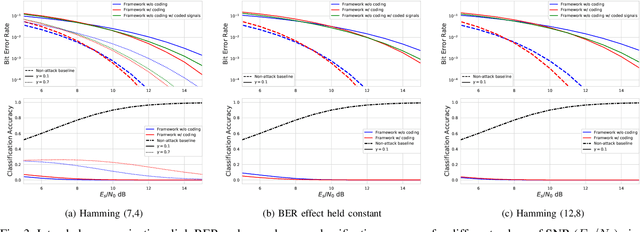
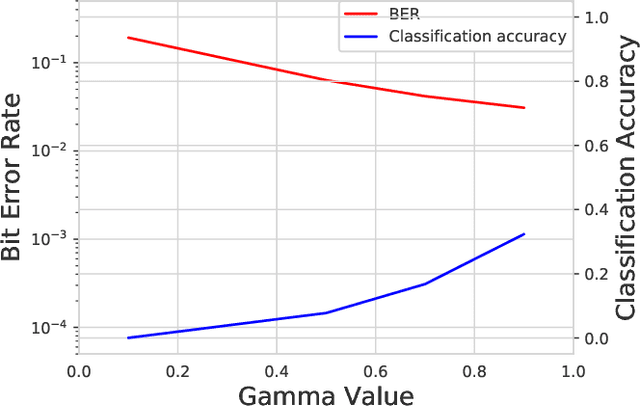
Abstract:Recent work has shown the impact of adversarial machine learning on deep neural networks (DNNs) developed for Radio Frequency Machine Learning (RFML) applications. While these attacks have been shown to be successful in disrupting the performance of an eavesdropper, they fail to fully support the primary goal of successful intended communication. To remedy this, a communications-aware attack framework was recently developed that allows for a more effective balance between the opposing goals of evasion and intended communication through the novel use of a DNN to intelligently create the adversarial communication signal. Given the near ubiquitous usage of forward error correction (FEC) coding in the majority of deployed systems to correct errors that arise, incorporating FEC in this framework is a natural extension of this prior work and will allow for improved performance in more adverse environments. This work therefore provides contributions to the framework through improved loss functions and design considerations to incorporate inherent knowledge of the usage of FEC codes within the transmitted signal. Performance analysis shows that FEC coding improves the communications aware adversarial attack even if no explicit knowledge of the coding scheme is assumed and allows for improved performance over the prior art in balancing the opposing goals of evasion and intended communications.
 Add to Chrome
Add to Chrome Add to Firefox
Add to Firefox Add to Edge
Add to Edge